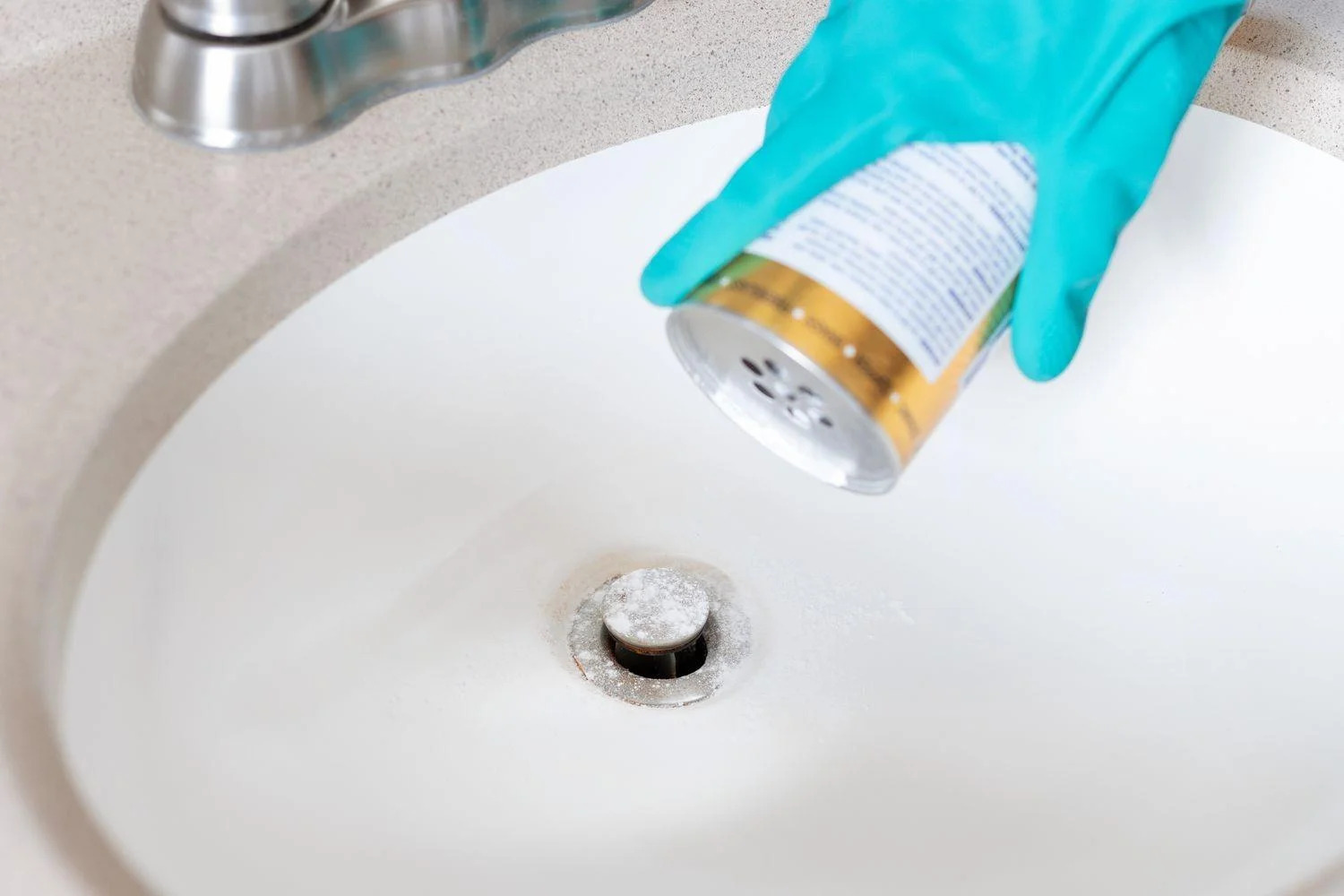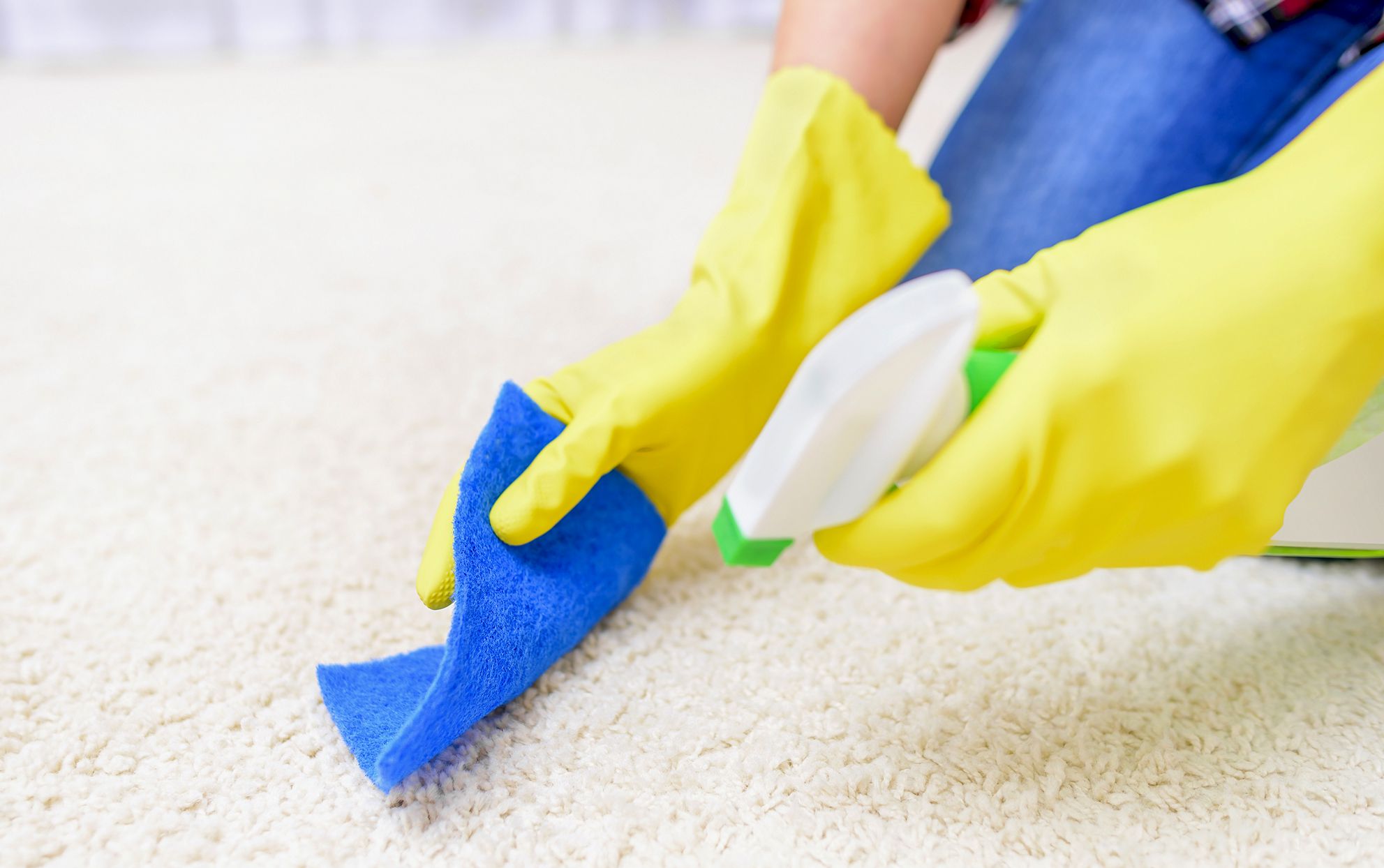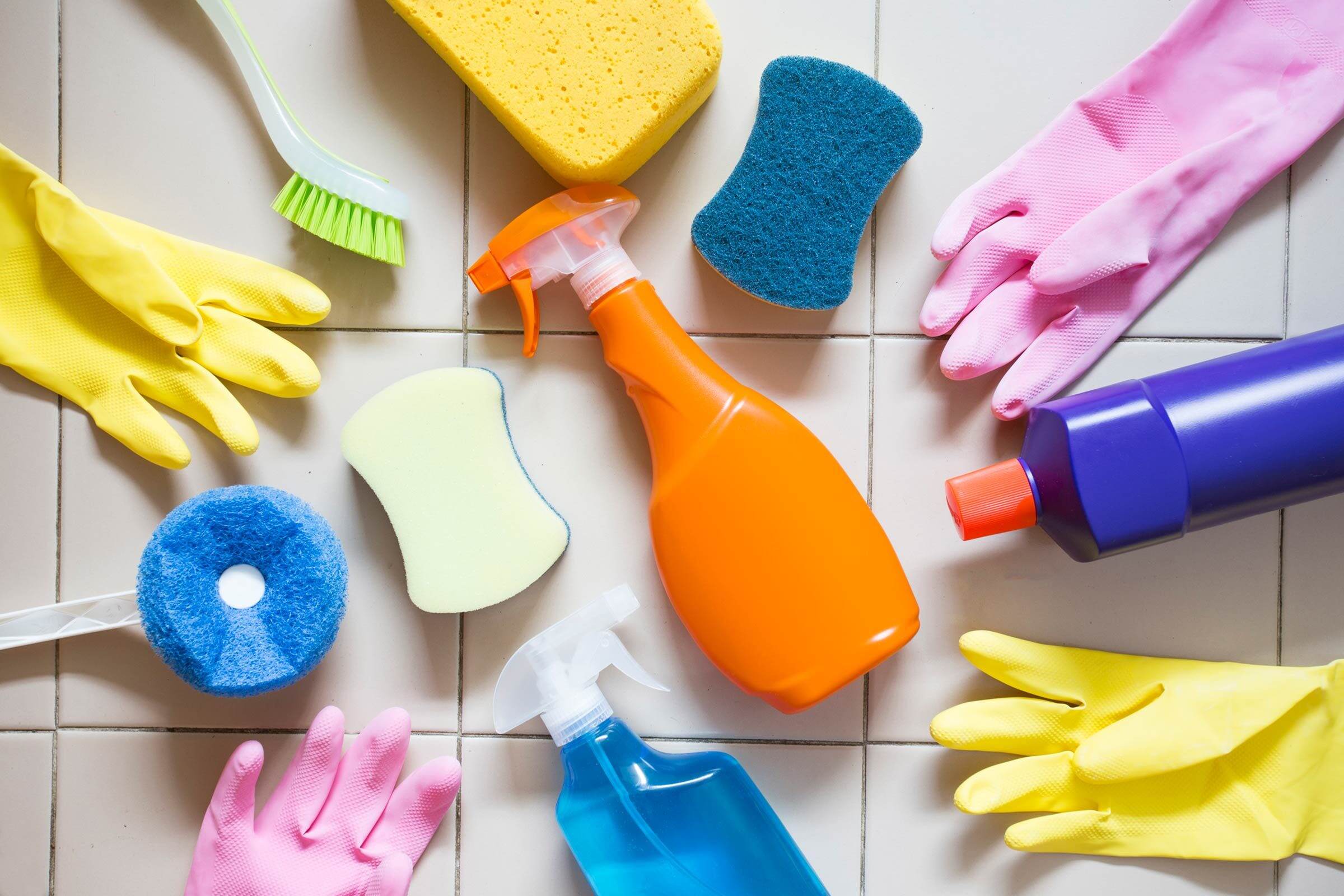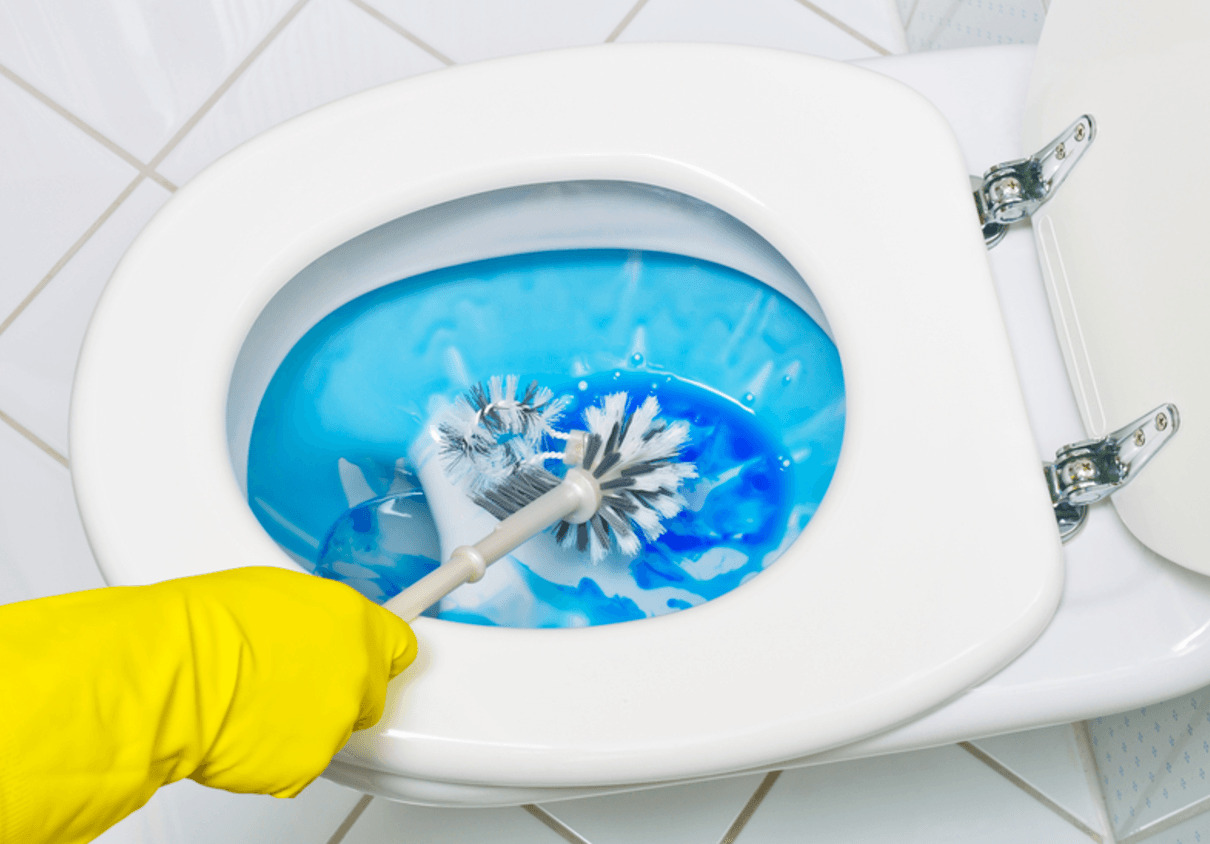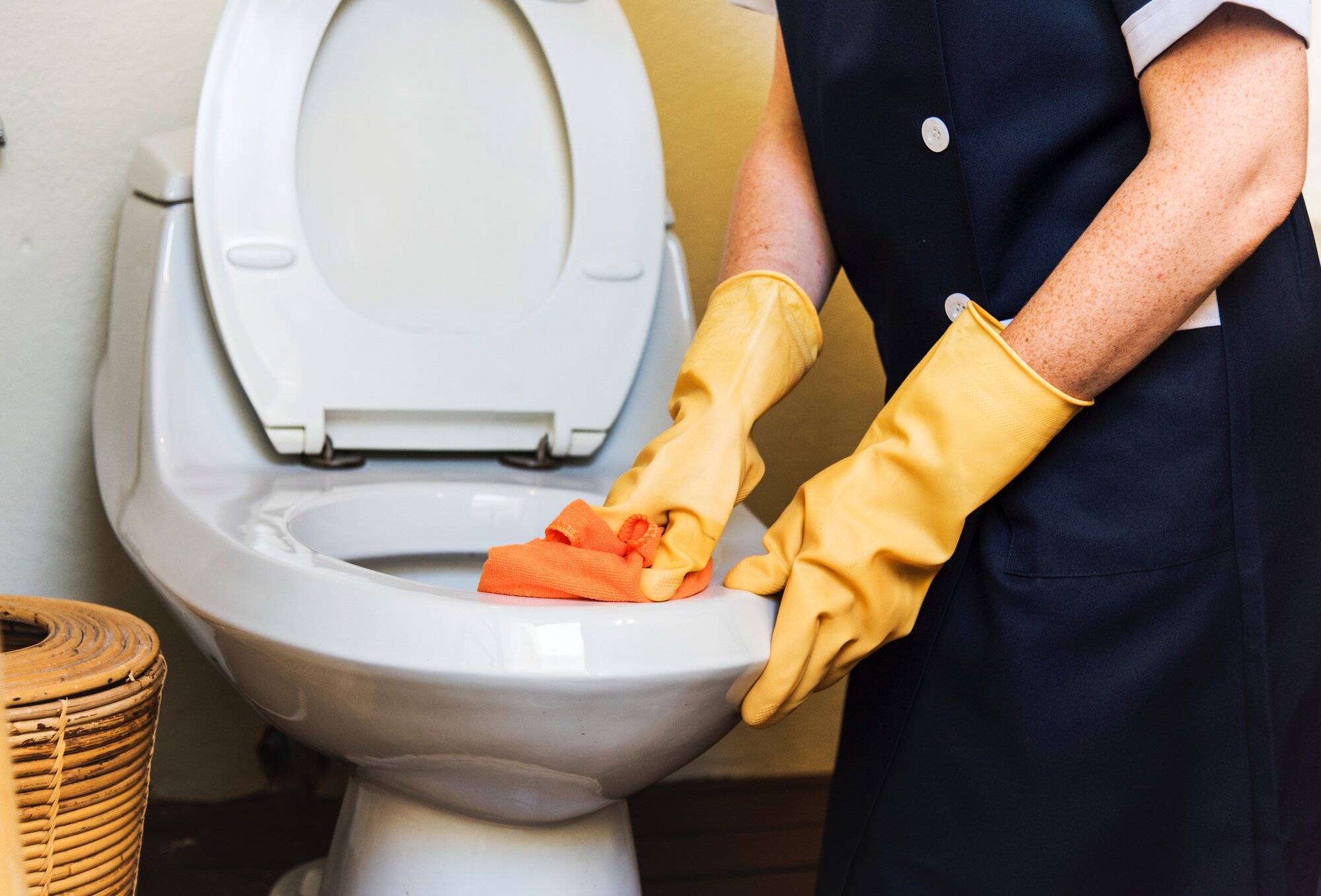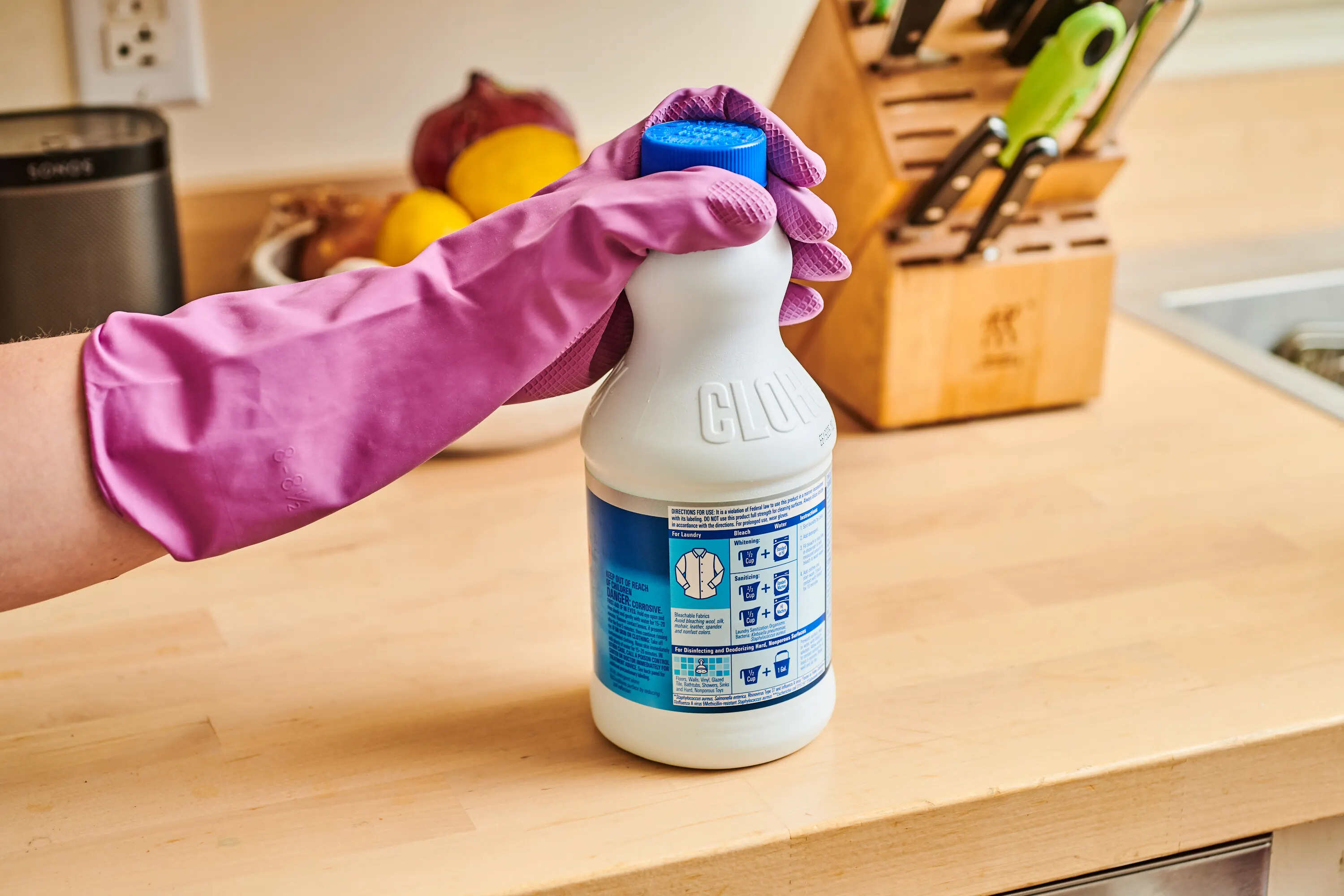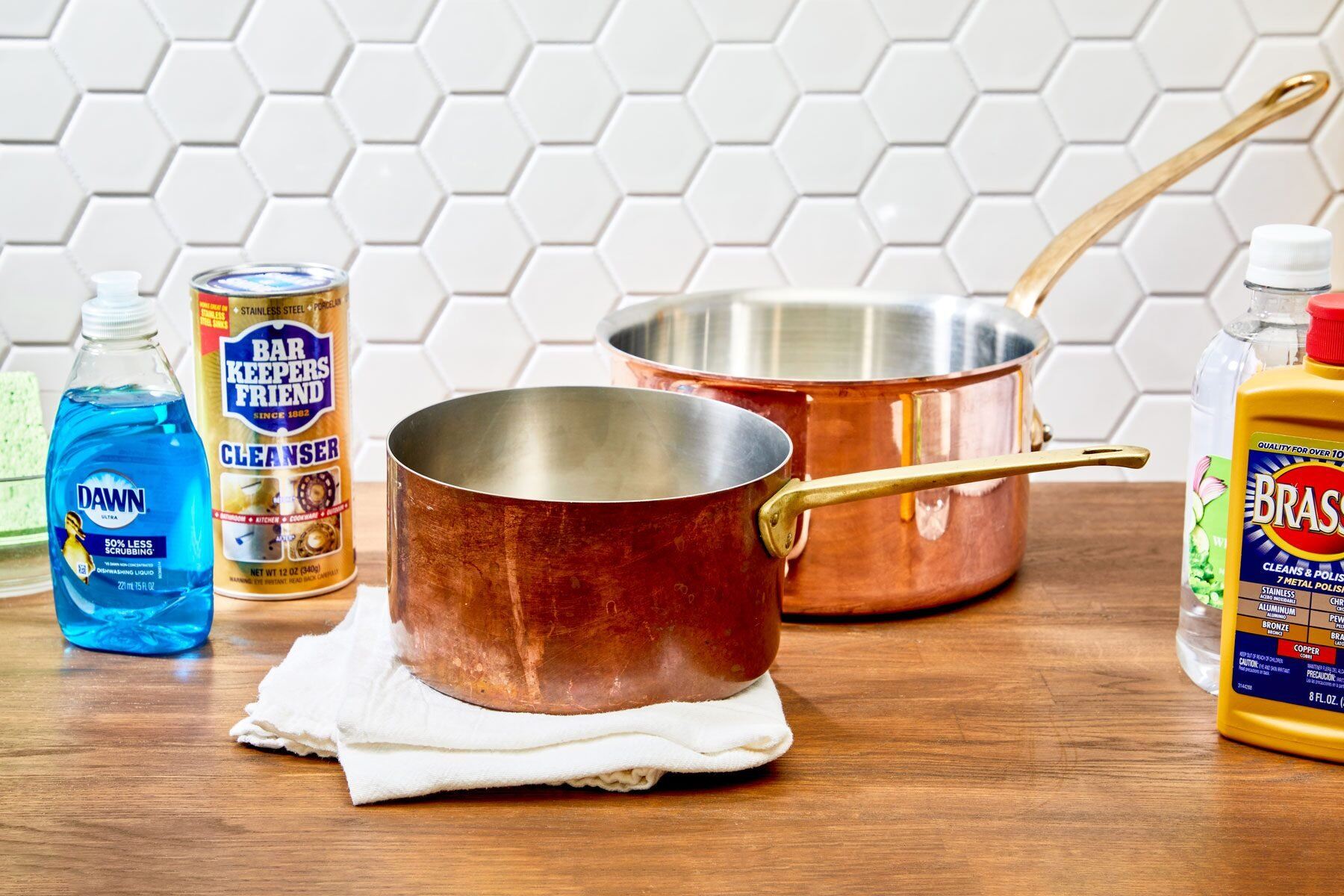Home> Bathroom Cleaning
Bathroom Cleaning: Essential Tips for a Spotless, Healthy Space
Master the art of bathroom cleaning with our comprehensive guide. Discover the best techniques, products, and daily habits to maintain a clean and hygienic bathroom.
The 10 Cleaning Questions Most Often Searched On Google, Answered
By: Ethan Hayes • Articles
10 Everyday Bathroom Items You Should Clean Or Throw Out ASAP
By: Emily Roberts • 50 Best Bathroom Storage Ideas Of All Time
How To Clean A Toilet For A Pristine Bathroom
By: Sophia Turner • 50 Best Bathroom Storage Ideas Of All Time
The Ultimate Bathroom Cleaning Checklist
By: Oliver Mitchell • 50 Best Bathroom Storage Ideas Of All Time
How To Clean Brick Pavers For An Outdoor Space That Looks Like New
By: Henry Campbell • Articles
7 Ways To Clean Your Bathroom With Bleach
By: Benjamin Parker • 50 Best Bathroom Storage Ideas Of All Time
How To Clean Tarnished Copper To Restore Its Shine And Patina
By: Henry Campbell • 45 Best Kitchen Storage Ideas You Can't Miss Out On
